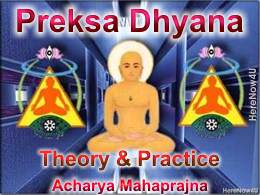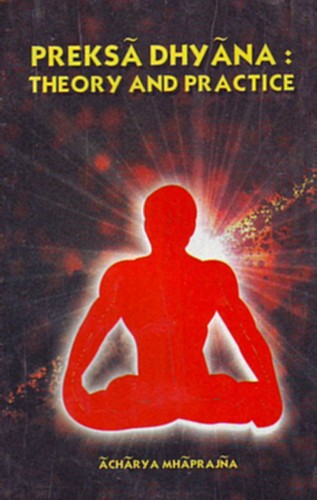
Some of the most vital activities of the body viz. breathing, beating of the heart, the digestion of food, and the formation of urine are normally carried automatically without our giving them much conscious thought The activities of the internal organs are the province of a special division of the nervous system called the autonomic nervous system. The action of this system is not generally under voluntary control The autonomic fibres are linked with and controlled by the hypothalamus, a part of the brain.
The autonomic nervous system has two separate divisions:
- Parasympathetic,
and - Sympathetic,
each providing for a particular type of function.
The actions of both divisions of the A.N.S. are mostly antagonistic, e.g. the sympathetic nerves act to speed up and strengthen the heart-beat and increase the blood pressure, while the parasympathetic nerves slow down the heart-rate and lower the blood pressure.
 Acharya Mahaprajna
Acharya Mahaprajna

